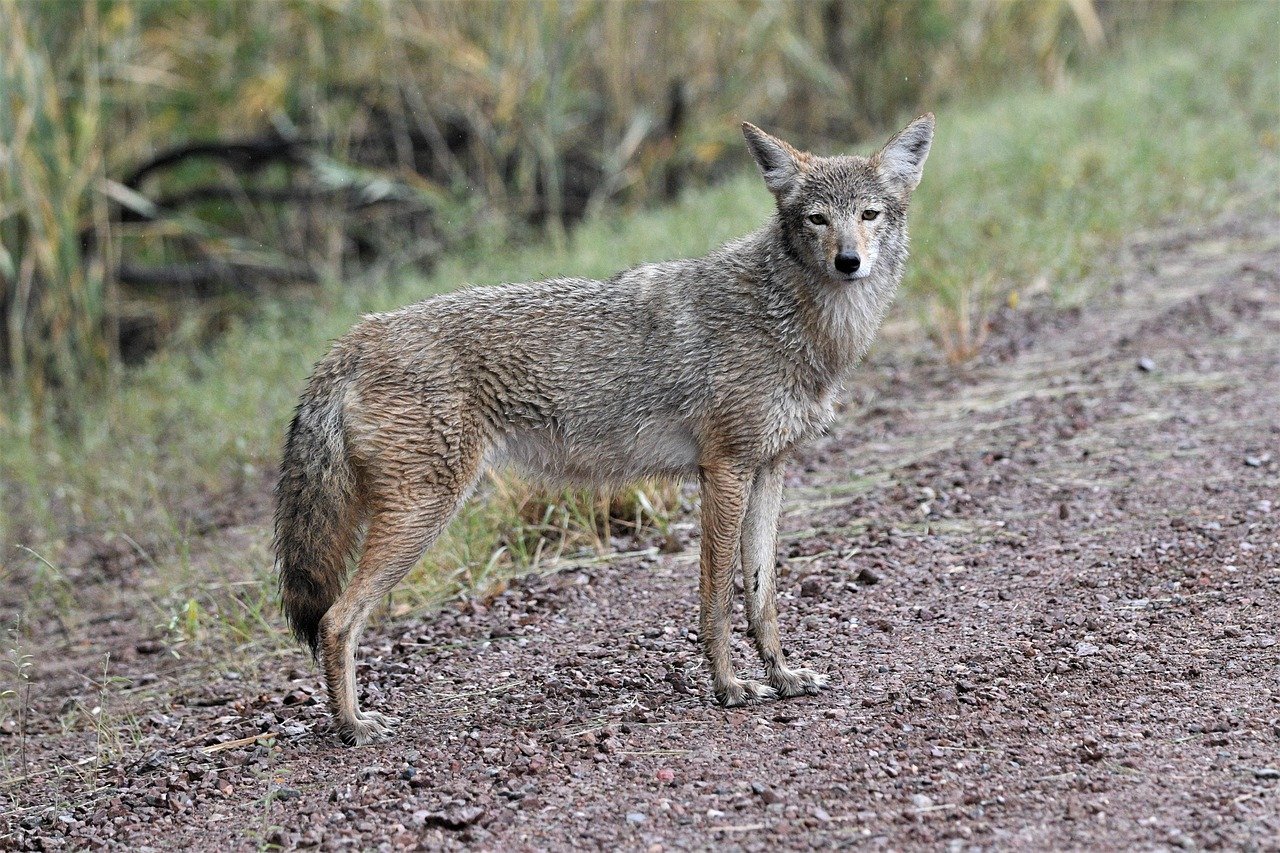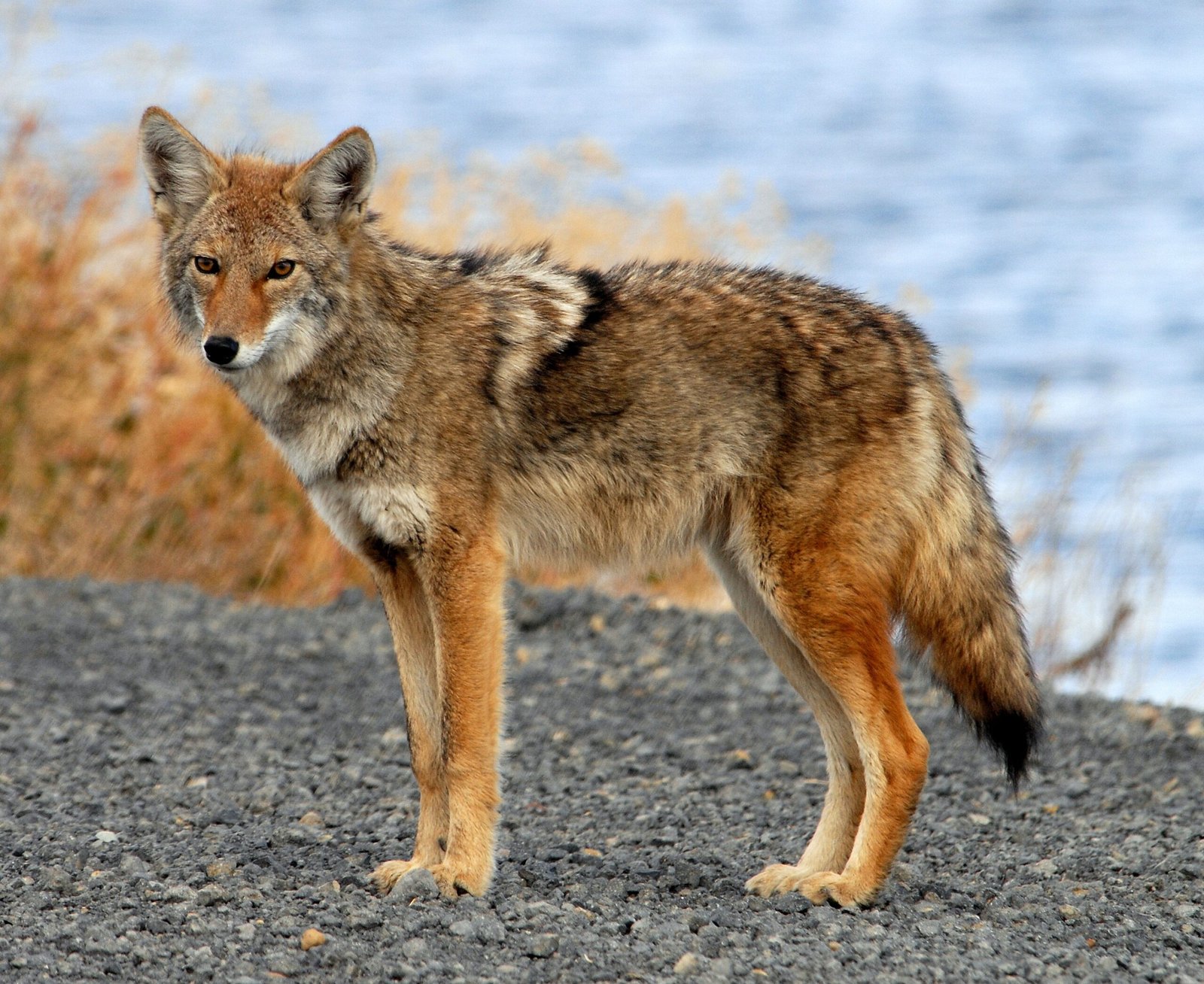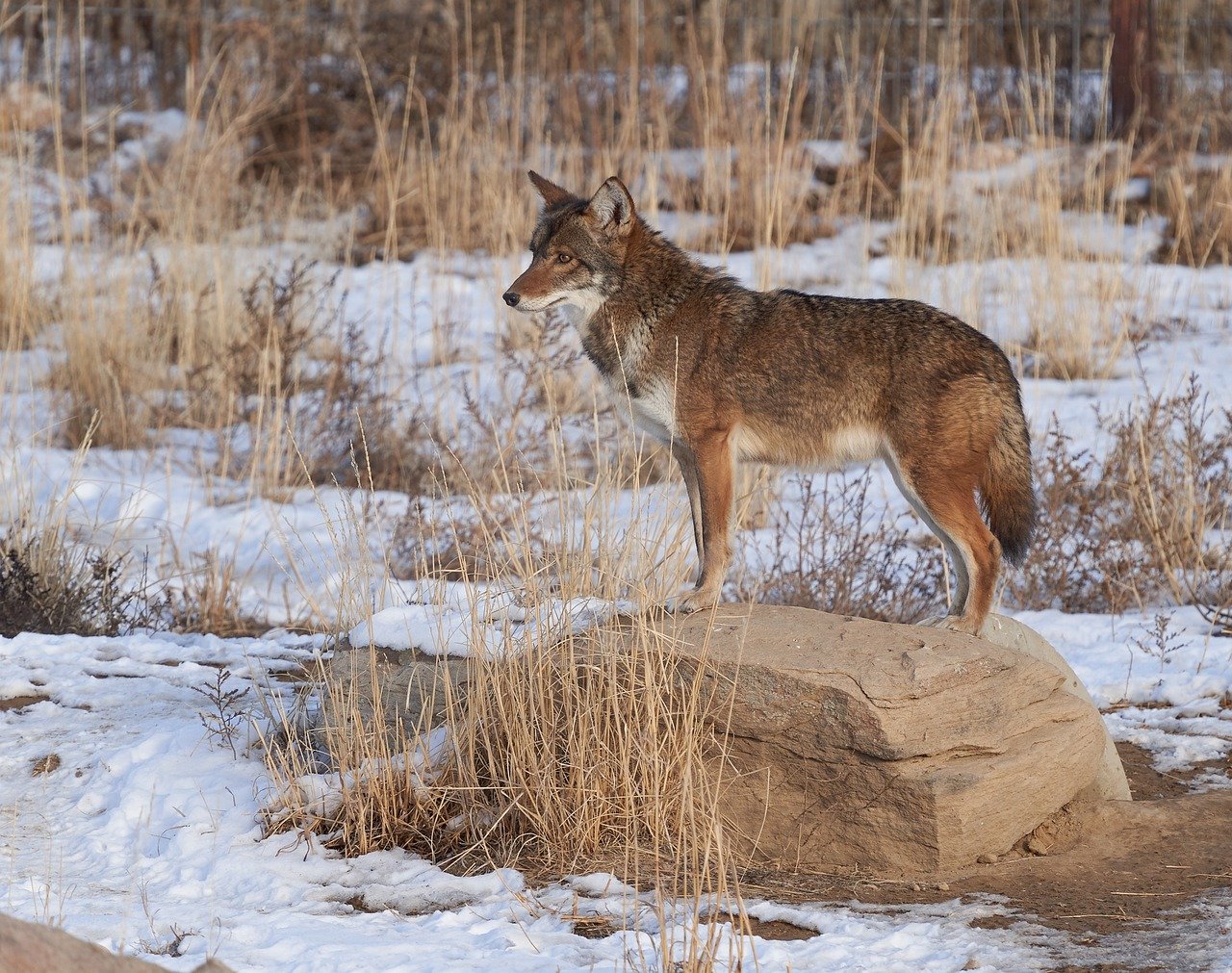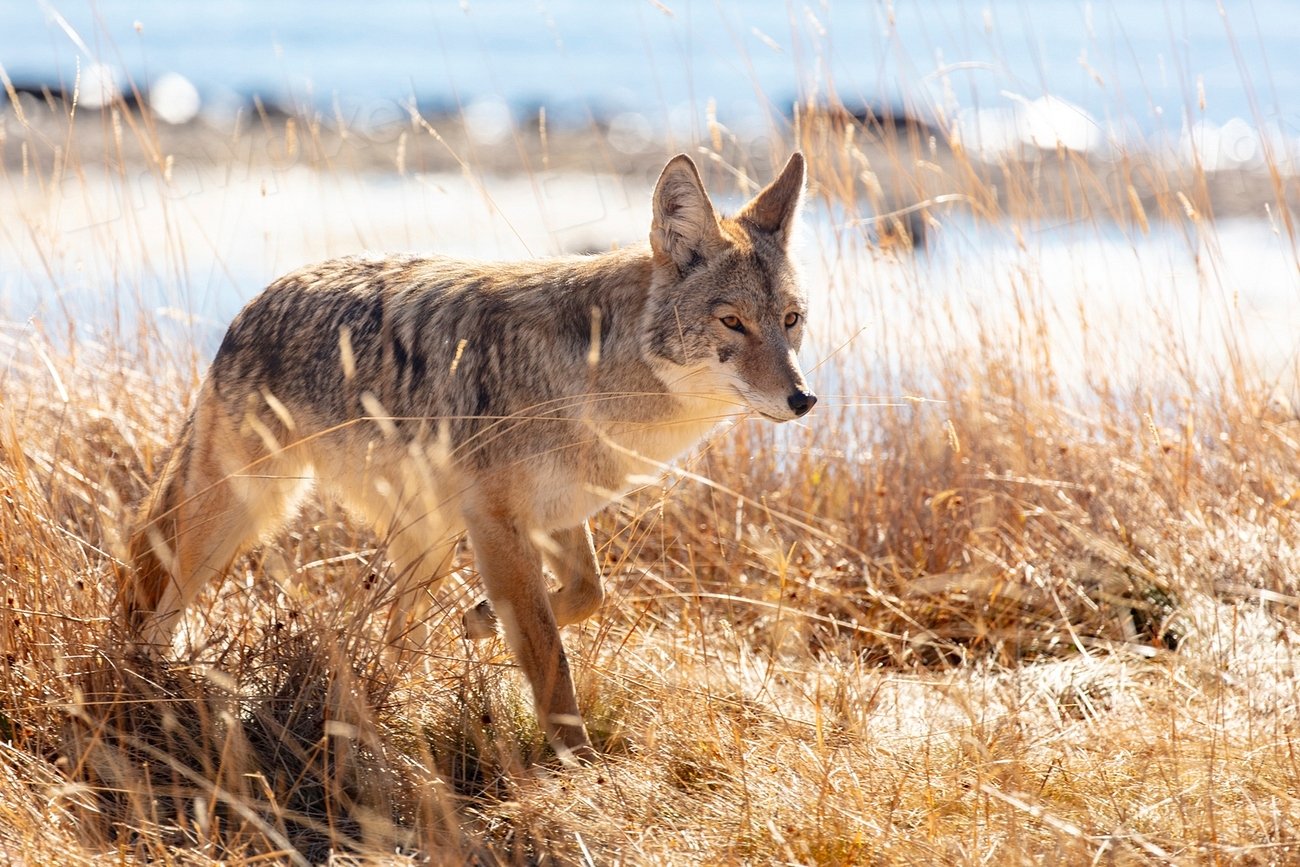Coyotes are smart creatures and often misunderstood. While they usually shy away from human interaction, their presence in your backyard can be concerning, especially for pet owners. Understanding how to handle such encounters can ensure the safety of both your family and the wildlife. Here’s what you should know about dealing with these elusive visitors.
Understanding the Coyote’s Nature

Coyotes are naturally curious animals, often wandering into urban areas in search of food. Their adaptability has allowed them to thrive in various environments, from rural fields to city parks. While their presence might seem threatening, it’s essential to remember that they’re part of the ecosystem. They help control rodent populations, which can be beneficial for your garden. By understanding their nature, you can better prepare for an encounter. Think of them as the neighborhood’s free pest control service, albeit one that requires a bit of distance and respect.
Securing Your Yard

Securing your yard is the first step in preventing unwanted coyote visits. Ensure your trash bins are tightly closed, as coyotes are opportunistic feeders and can be drawn by the scent of food. If you have fruit trees, regularly pick up fallen fruits. Installing motion-activated lights can also deter nocturnal visits. Consider fencing your property with a barrier at least six feet high and make sure there are no gaps. A well-secured yard is like putting up a “do not disturb” sign for these curious creatures.
Keeping Your Pets Safe

Pets, especially small dogs and cats, can be enticing to coyotes. Always supervise your pets when they’re outside, especially during dawn and dusk when coyotes are most active. If possible, keep them on a leash. Consider building a pet enclosure or using a coyote-proof fence. It’s like giving your pets a personal bodyguard. Training your pets to come when called is also vital, as it can prevent them from wandering too far. Remember, a cautious pet is a safe pet.
Using Hazing Techniques

Hazing is a humane method to discourage coyotes from approaching too closely. By making loud noises or waving your arms, you can make them feel unwelcome. You can also use a whistle, shaker can, or even a garden hose. The goal is to make the coyote feel uncomfortable but not harmed. Think of it as being a noisy neighbor, but one with good intentions. It’s important to remain calm and assertive, showing the coyote that your backyard is not a place for loitering.
Educating Your Neighbors

An informed community is a safe community. Share your knowledge about coyotes with your neighbors. Encourage them to secure trash cans and keep their pets safe. A neighborhood watch isn’t just for burglars; it can also be effective at monitoring wildlife. By working together, you can create a coyote-aware community. It’s like forming a neighborhood team with the shared goal of peaceful coexistence.
When to Call for Professional Help

Sometimes, despite your best efforts, a coyote may become too comfortable in your backyard. If a coyote shows aggressive behavior or seems sick, it’s time to call in the experts. Wildlife control professionals can assess the situation and provide solutions. It’s like calling in a specialist when a problem goes beyond DIY solutions. Remember, it’s always better to be safe than sorry.
Coyotes are an integral part of our environment, and learning to live alongside them can be a rewarding experience. By taking these steps, you can ensure that both you and your furry friends remain safe.

Esther is from India; the heartbeat of South Asia, holding a Master’s degree in Zoology and a postgraduate diploma in Animal Welfare. Her enthusiasm for animal welfare drives her passion and dedication to working for animals, ensuring their well-being, and advocating for their rights. With a solid academic background and hands-on experience, she is committed to making a positive impact in the field of animal welfare. In her free time, she enjoys embroidery and sewing. As a Chennaite from Tamil Nadu, Esther loves Bharathanatyam, an Indian classical dance form.






